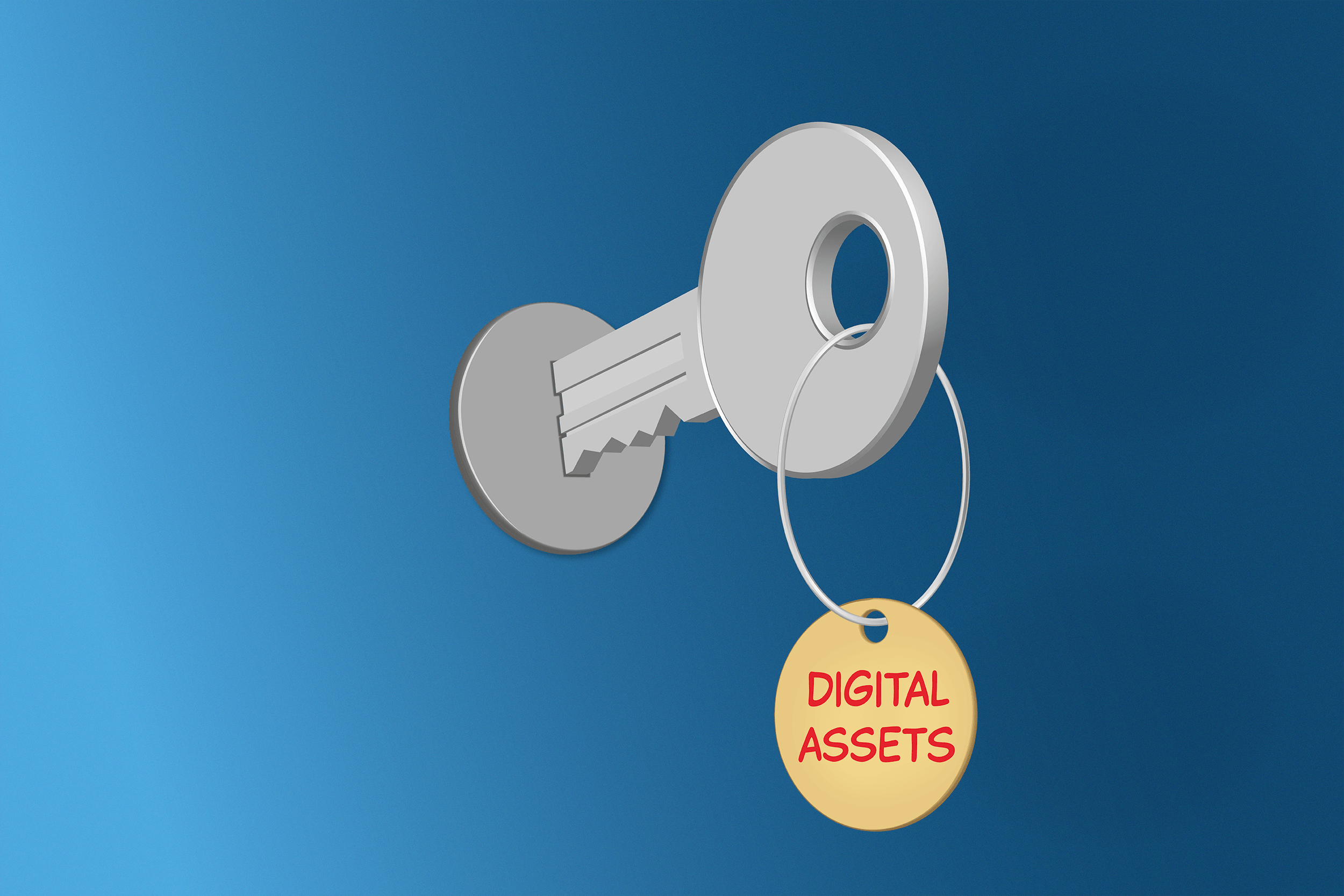How to Better Protect Your Digital Assets
Creating and maintaining a website requires not just a considerable time commitment but also a substantial investment. You spend money on the design of your logo, your product photos, any illustrations, and, of course, the texts. These digital assets may not be tangible in the sense of holding them in your hands because they consist of bits and bytes, but they can be quite valuable to your business.
Copyrights and Licenses
Although you pay your photographer, graphic designer, or copywriter, it is not uncommon that they only give you a license to use their creative work on your site.
The price of a license can vary. Whether you want to use a photo for three or five years can make a difference in the amount you pay. Sometimes the license is restricted to only the web prohibiting you from including the picture in a printed brochure. Some agreements stipulate that you are not allowed to alter the image without consent from the photographer.
The first step to protect your digital assets is often just understanding what you are purchasing. Avoid verbal assurances and always request a written license agreement to avoid any expensive surprises later on. If you are unsure about the effect of specific clauses in the license agreement on your business, you may want to consult with a lawyer.
Registrar and Host
When you work on your website, you will notice how quickly you get inundated with service offers. However, there are two, which you cannot ignore: the registrar and the host.
The registrar, such as Google Domains or GoDaddy, manages the reservation of your domain name (▶︎ What Is a Domain?).
The host, e.g., Squarespace, Shopify, or Wix, is responsible for rendering your website.
I always advise my clients to keep direct ownership of their domain name and their website, paying the registrar and the host directly. I recommend extending this practice to all services to which you subscribe.
Don't give your passwords to your web designer or let them pay for these services. The one who pays is also the one who controls these services. You don't want to give your web designer the power to remove your access to your content.
Instead, invite your web designer as an administrator. This best practice only allows them to configure your website without being able to transfer your ownership. Once their work is complete, you can revoke their rights. This simple method keeps access to your content firmly in your control and thus giving you better protection of your digital assets.






